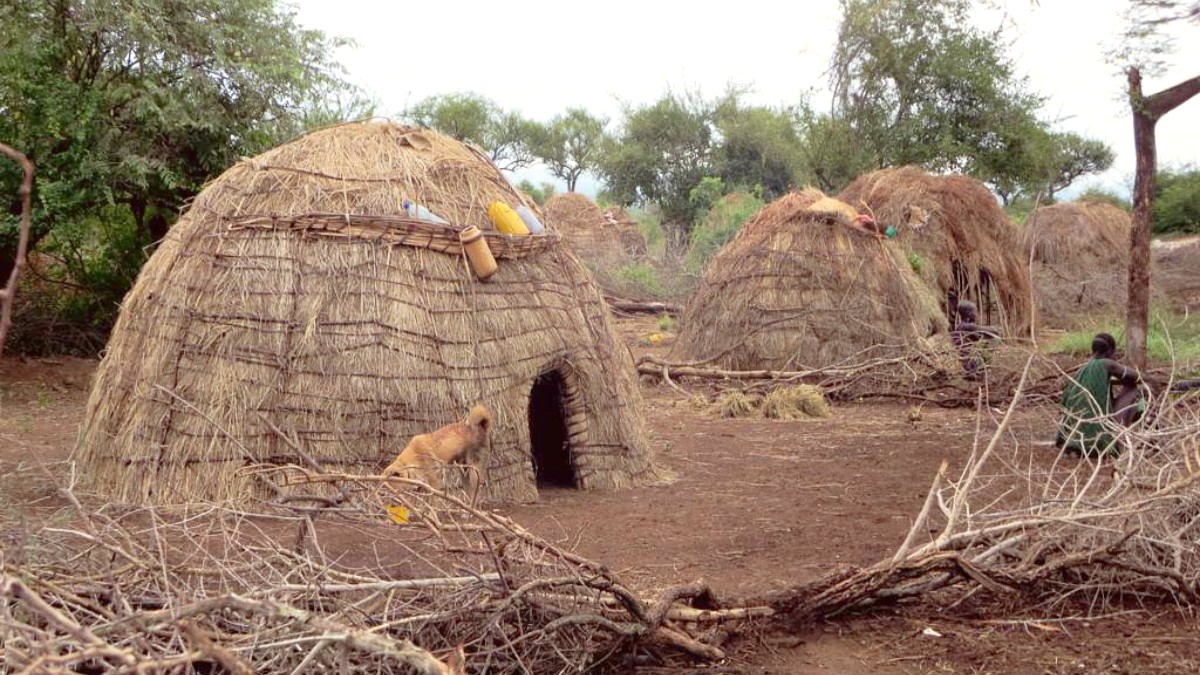
Ethiopia
The Omo Valley is not suitable for a 24-hour layover. A short layover permits only a brief visit to Addis Ababa, not the Omo Valley itself, which needs domestic flights and several days of ground travel. A weekend getaway (2-3 days) to the Omo Valley is not feasible. The minimum recommended time to experience the Omo Valley is 4-5 full days, excluding travel days to and from Addis Ababa. Travel time and logistics make shorter trips impractical.
Long-term stays (beyond 2 weeks) are not common for tourism in the Omo Valley. The region's infrastructure does not cater to extended independent stays. Most travelers complete their Omo Valley exploration within a week. For more options, explore GetYourGuide.
The Omo Valley is a remote destination needing specific time commitments.
This itinerary presents a good balance, permitting you to visit several tribes and experience the region's diversity. It assumes arrival in Addis Ababa the day before Day 1 and departure after Day 7.
A two-week trip permits a comprehensive Ethiopian experience, combining the Omo Valley with the country's historical north. This includes domestic flights between regions.
Tailor your Omo Valley itinerary based on your main interests. For those with a historical and heritage focus, combine your Omo Valley visit with a dedicated exploration of the Konso Cultural Landscape.
For adventure and outdoor activities, focus on the limited wildlife viewing opportunities in Mago and Omo National Parks through game drives. Take boat trips on Lake Chamo or the Omo River. Embrace the adventure of navigating the challenging terrain by 4x4.
Beyond history and adventure, tailor your journey to other interests.
The Omo Valley itself does not offer extensive food tours. Focus on tasting staple Ethiopian dishes at your lodges. In Addis Ababa, explore diverse culinary experiences, including traditional coffee ceremonies.
An Omo Valley trip offers educational value for families with older children. It needs careful planning due to basic facilities and long drives. Focus on shorter visits to a few diverse tribes to avoid fatigue. Generally not suitable for very young children.
Focus on the traditional body art, adornments, and scarification of the Omo Valley tribes. Explore the unique terraced architecture of the Konso people. In Addis Ababa, visit museums and galleries for contemporary Ethiopian art.
Your budget greatly shapes the style of your Omo Valley trip.
Limited public transport options exist to gateway towns (Arba Minch, Jinka). The best budget option for exploring the valley itself is to join a small group tour from Addis Ababa or Jinka. This permits you to share the costs of a 4x4 vehicle and guide. Stay in basic guesthouses in towns. Eat at local eateries for authentic and cheaper meals. This approach minimizes costs while still providing access to the region.
The mid-range option is the standard and most comfortable way to experience the Omo Valley. It presents an organized tour with a private 4x4 vehicle, an experienced driver, and a dedicated guide. You will stay in mid-range lodges, offering a good balance of comfort and immersion. This option presents good value for the experience.
Travel during shoulder season for slightly lower prices for tours and accommodation, and fewer crowds. Share costs by joining a small group or forming your own group of 2-4 travelers to share the costs of the 4x4 and guide. This is the most impactful value strategy. Politely negotiate prices for crafts and local services.
The Omo Valley's seasons present different experiences.
If you choose to explore during the off-season (rainy season), be ready for challenging road conditions, including mud and potential delays. Enjoy the quieter atmosphere and greener, more dramatic landscapes. Always confirm road accessibility to specific villages with your tour operator, as some areas may become temporarily unreachable. Maintain flexibility in your itinerary, as rain may impact plans.
Bull Jumping Ceremonies (Hamer Tribe) are coming-of-age ceremonies that occur throughout the year, especially after harvest season (September-October). They are not scheduled for tourists, and their timing is unpredictable. If witnessing one is a priority, build flexibility into your itinerary. Your guide will work to find one if it is happening during your visit.
The Omo Valley is not a typical spiritual or wellness destination in the conventional sense.
For dedicated spiritual journeys, consider focusing on Ethiopia's ancient Orthodox Christian sites in the north.